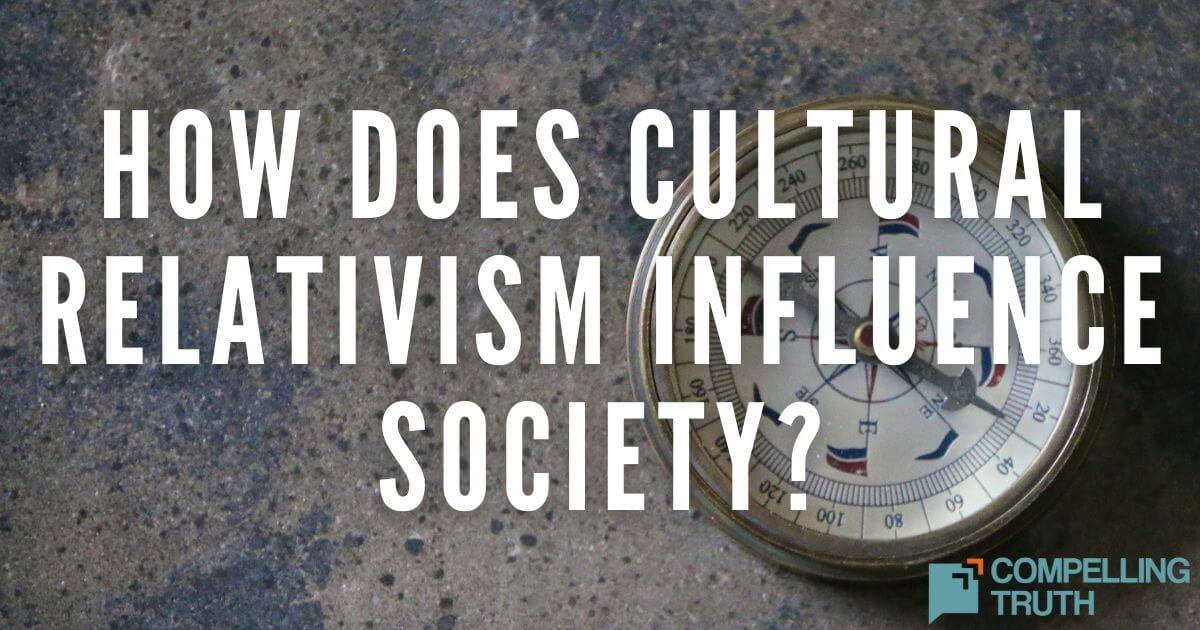Each culture has its own set of cultural norms that are understood without being explicitly communicated. This can cause complication when a work of literature, such as the Bible, is translated into other languages and cultures that do not have the same base understanding. Cultural translation is a version of translation within the field of anthropology that attempts to "translate" information in a way that unique cultures will be able to understand, while at the same time maintain respect for the original source culture.
The Bible was written thousands of years ago to cultures that were drastically different from the cultures we live in now. Even within the Bible, the writings within different books were directed to different people groups and different cultures, and the amount of time during which the Bible was written spans approximately 1,500 years. It is important for us, as modern readers of the Bible, to not filter it through our own cultural biases and predispositions. By learning about the cultures of the audiences within the Bible, we better understand its originally intended meaning and how to apply it in our lives today. We need to remember that that Bible was written for us rather than to us.
There are some specific translations of the Bible known as "dynamic equivalence" translations that try to infuse the meaning of the biblical text, not just its words, into the translation. They do this in part by taking the culture of the biblical audience and the audience for whom they are translating into consideration. Rather than translate word-for-word, dynamic equivalence translations try to translate thought-for-thought. A couple examples of this type of translation are the NIV and the NLT.
Here is a simple example of how cultural translation attempts to clarify a text's meaning. In the ESV version of James 2:1, James addresses "my brothers." In modern culture, the use of the word "brothers" can be off-putting because it seems to unnecessarily exclude women. Because of this, some modern translations change it to address "brothers and sisters" (NIV) or simply, "friends" (CEV). While these alternative translations may not be as literal to the Greek word James used, they are cultural translations that help to clarify any misunderstandings before they happen. James' audience would have understood him to be addressing all believers. Cultural translation goes much deeper than this, and its goal should be to clarify the meanings and contexts within a work without taking away from the work's original message and value.
When it comes to personal study of the Bible, it is possible for someone to read the Bible on their own and be able to come to believe in Jesus and have an understanding of the basics of Christianity without knowing about the surrounding historical and cultural contexts. However, as a person grows in their faith, it is important that they lean in to studying the deeper cultural contexts within Scripture. This prevents the distortion of the Bible into what one wants it to be saying in modern times and instead enables the individual to develop a firmer understanding of its original cultural weight and intention.
The Bible was written thousands of years ago to cultures that were drastically different from the cultures we live in now. Even within the Bible, the writings within different books were directed to different people groups and different cultures, and the amount of time during which the Bible was written spans approximately 1,500 years. It is important for us, as modern readers of the Bible, to not filter it through our own cultural biases and predispositions. By learning about the cultures of the audiences within the Bible, we better understand its originally intended meaning and how to apply it in our lives today. We need to remember that that Bible was written for us rather than to us.
There are some specific translations of the Bible known as "dynamic equivalence" translations that try to infuse the meaning of the biblical text, not just its words, into the translation. They do this in part by taking the culture of the biblical audience and the audience for whom they are translating into consideration. Rather than translate word-for-word, dynamic equivalence translations try to translate thought-for-thought. A couple examples of this type of translation are the NIV and the NLT.
Here is a simple example of how cultural translation attempts to clarify a text's meaning. In the ESV version of James 2:1, James addresses "my brothers." In modern culture, the use of the word "brothers" can be off-putting because it seems to unnecessarily exclude women. Because of this, some modern translations change it to address "brothers and sisters" (NIV) or simply, "friends" (CEV). While these alternative translations may not be as literal to the Greek word James used, they are cultural translations that help to clarify any misunderstandings before they happen. James' audience would have understood him to be addressing all believers. Cultural translation goes much deeper than this, and its goal should be to clarify the meanings and contexts within a work without taking away from the work's original message and value.
When it comes to personal study of the Bible, it is possible for someone to read the Bible on their own and be able to come to believe in Jesus and have an understanding of the basics of Christianity without knowing about the surrounding historical and cultural contexts. However, as a person grows in their faith, it is important that they lean in to studying the deeper cultural contexts within Scripture. This prevents the distortion of the Bible into what one wants it to be saying in modern times and instead enables the individual to develop a firmer understanding of its original cultural weight and intention.



